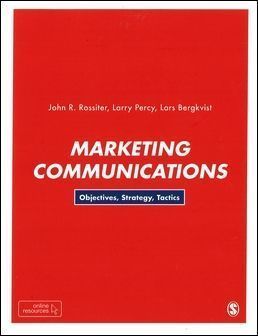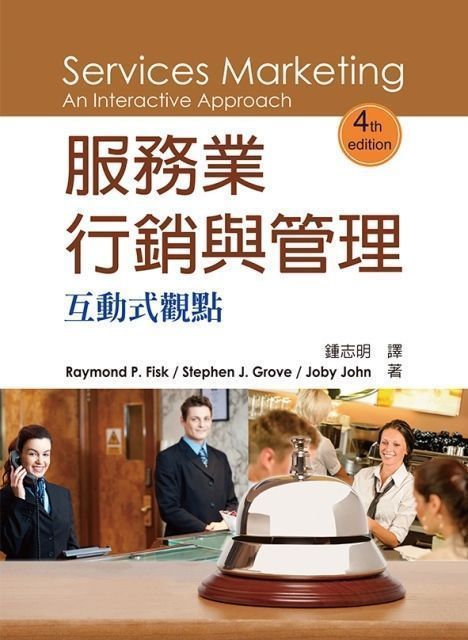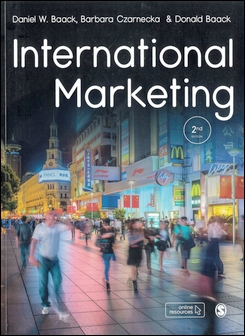書籍分類

Marketing Communications: Objectives, Strategy, Tactics
作者:John R Rossiter, Larry Percy, Lars Bergkvist
原價:NT$ 1,260
ISBN:9781526438652
版次:1
年份:2018
出版商:SAGE Publications
頁數/規格:584頁/平裝雙色
參考網頁:Marketing Communications: Objectives, Strategy, Tactics
版次:1
年份:2018
出版商:SAGE Publications
頁數/規格:584頁/平裝雙色
參考網頁:Marketing Communications: Objectives, Strategy, Tactics
內容介紹 本書特色 目錄 作者介紹
- Description
Uniting industry experience with academic expertise, the authors combine marketing communications and advertising with the branding perspective, providing students with a practical planning system and a seven-step approach to creating a comprehensive marketing plan.
The new SAGE Marketing Communications textbook is a contemporary evolution of the well-known Rossiter and Percy Advertising and Promotion Management textbook, which at its peak was adopted by six of the top 10 U.S. business schools – Stanford, Wharton, Columbia, Berkeley, UCLA, and Northwestern – as well as by the London Business School, Oxford’s Said Business School, and by most of the top business schools in Europe such as Erasmus University Rotterdam, INSEAD, and the Stockholm School of Economics.







